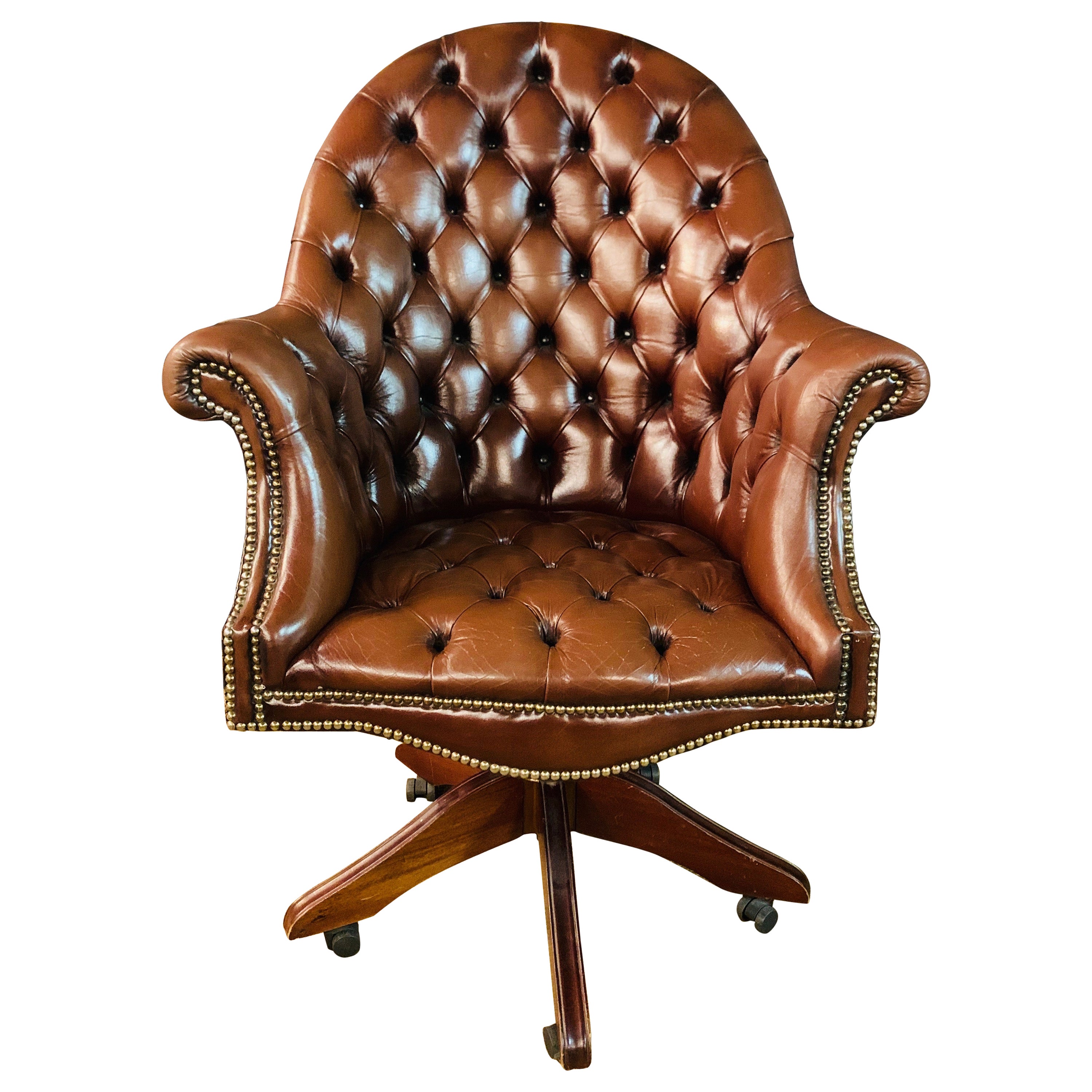Design Aspects of Victorian Style Desk Chairs

Victorian desk chairs, reflecting the era’s aesthetic sensibilities and technological advancements, represent a fascinating study in design evolution. Their construction, materials, and decorative elements reveal much about the social and economic landscape of the period. This analysis will explore the key design aspects of these iconic pieces of furniture.
Materials Used in Victorian Desk Chair Construction
The materials employed in Victorian desk chair construction varied considerably depending on factors such as cost, availability, and the desired aesthetic. High-quality chairs were often made using expensive hardwoods and luxurious fabrics, while more affordable options utilized readily available and less costly materials.
| Material | Type | Characteristics | Common Uses in Victorian Desk Chairs |
|---|---|---|---|
| Wood | Mahogany, Walnut, Oak, Cherry | Strength, durability, rich color, ability to be carved and polished. Mahogany was particularly prized for its reddish hue. | Frames, legs, backrests, armrests |
| Upholstery Fabric | Leather, Velvet, Brocade, Damask | Leather offered durability and a luxurious feel; velvet provided softness and richness; brocade and damask featured intricate woven patterns. | Seat cushions, backrests, armrests |
| Metal | Brass, Cast Iron | Brass offered decorative possibilities; cast iron provided strength for structural elements. | Castors, decorative accents, structural supports in some designs |
| Stuffing | Horsehair, Cotton, Feathers | Horsehair provided firmness and resilience; cotton offered softness; feathers added a luxurious plushness. | Cushion filling |
Common Design Features of Victorian Desk Chairs
The design features of Victorian desk chairs were diverse, reflecting the evolving tastes and styles of the era. Several key elements consistently appear, however, contributing to their characteristic appearance.
Victorian style desk chair – Several key design elements contributed to the distinctive character of Victorian desk chairs. These elements often combined to create visually striking and comfortable seating.
- Legs: Often cabriole legs (curved outward then inward), sometimes straight or turned legs, frequently ending in decorative feet (e.g., claw and ball feet).
- Backrests: Varied significantly in height and shape, from high, arched backs to simpler, more upright designs. Often featured decorative carving or upholstery.
- Armrests: Present in many designs, usually upholstered and curving gracefully. Provided comfort and support.
- Decorative Elements: Intricate carving, inlay work (using contrasting woods or materials), upholstery with rich patterns and textures, and sometimes the incorporation of metal accents (brass studs, etc.).
Evolution of Victorian Desk Chair Design Across Different Periods, Victorian style desk chair
Victorian design evolved significantly over the roughly sixty years of Queen Victoria’s reign (1837-1901). Early, mid, and late Victorian styles each possess distinct characteristics.
The stylistic shifts within the Victorian era are reflected in the design of desk chairs, showcasing the changing aesthetic preferences of the time.
- Early Victorian (1837-1860): Characterized by a more restrained elegance, often featuring simpler lines and less ornamentation than later styles. The use of dark woods, such as mahogany, was prevalent. Designs often drew inspiration from Regency and earlier styles.
- Mid-Victorian (1860-1880): This period saw a dramatic increase in ornamentation. Elaborate carving, rich upholstery fabrics (velvet, damask), and the use of a wider range of materials were common. The aesthetic became more flamboyant and visually complex.
- Late Victorian (1880-1901): A shift towards more eclectic styles occurred. Aesthetic influences from other cultures and historical periods were incorporated. While ornate designs persisted, there was also a growing interest in simpler, more streamlined forms, foreshadowing the stylistic changes of the early 20th century. The use of lighter woods became more common.
